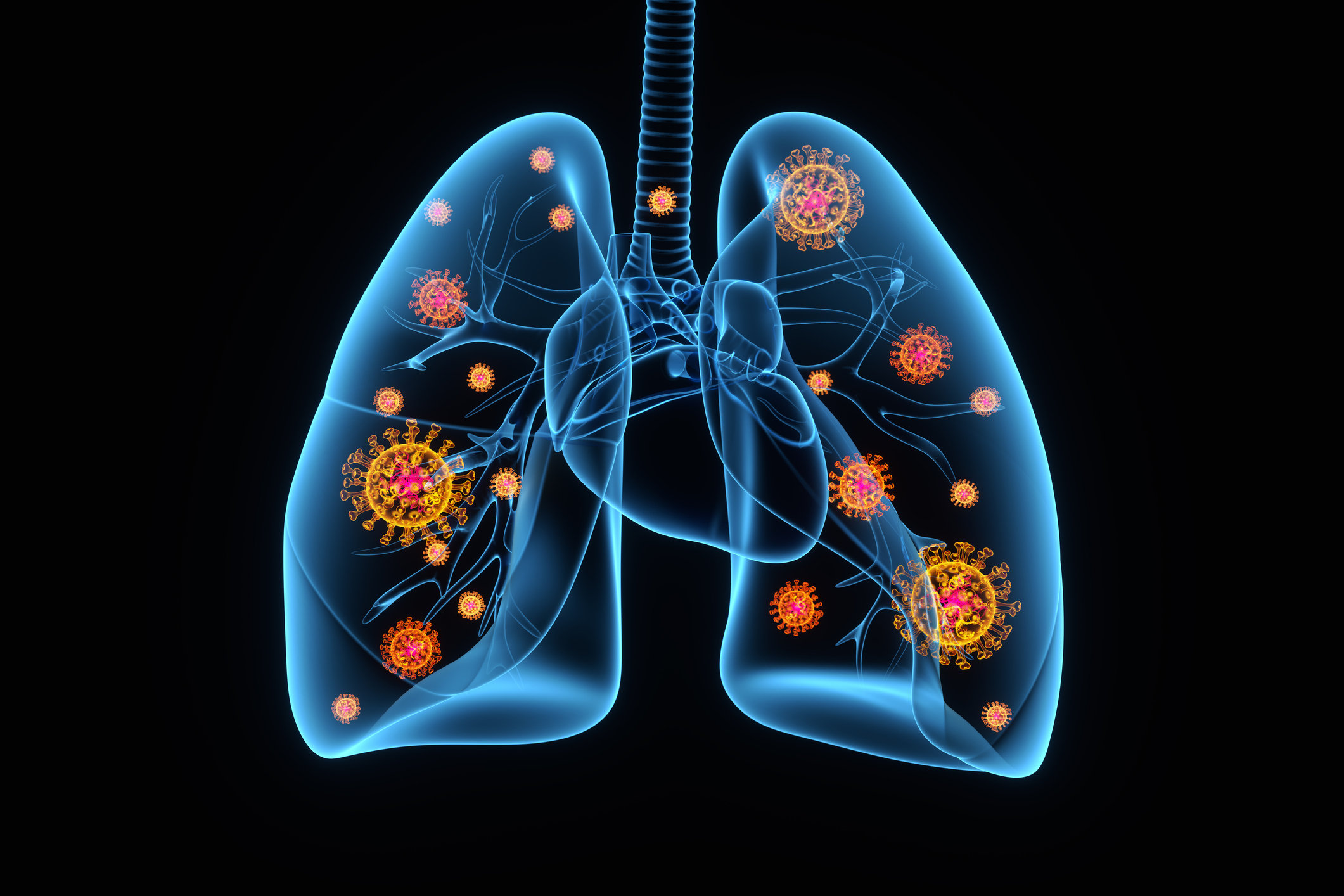
Christopher Wilson, PhD, professor at Loma Linda University School of Medicine Lawrence D. Longo, MD Center for Perinatal Biology, has published a paper titled, “COVID-19 and silent hypoxemia in a minimal closed-loop model of the respiratory rhythm generator,” in the journal Biological Cybernetics.
Since 2020, COVID-19 has infected at least 30,000,000 people in the United States and caused over 1,000,000 deaths. The public health emergency officially ended in 2023, thanks to widespread public vaccination, but questions remain about the long-term effects of the infection.
Although COVID-19 can affect many parts of the body, it primarily attacks the respiratory system, causing difficulty in breathing and blood clots in the lung. Reduced lung function can lead to a deficit of life-giving oxygen in the bloodstream, a condition called “hypoxia.” Typically, patients with hypoxia experience "oxygen hunger," or dyspnea, the unpleasant sensation of needing air. However, some published papers that described a minority of COVID-19 patients coming to the emergency room with hypoxia, without experiencing dyspnea. This paradoxical effect was named “silent hypoxemia”, or informally, “happy hypoxia.”
To understand how the breathing system could sustain low oxygen levels without apparent distress, Wilson turned to a mathematical model. Normally, oxygen levels are regulated by brain signals that carry information from the bloodstream. Together with mathematicians Casey Diekman, PhD, from New Jersey Institute of Technology, and Peter Thomas, PhD, from Case Western Reserve University, Wilson had previously developed a mathematical model of breathing as a closed loop control system. By adjusting the parameters of the model, the researchers were able to reproduce some of the effects of silent hypoxemia.
Their key finding was that, in the model, one could produce sustained hypoxia without otherwise compromising breathing by increasing the parameter representing hematocrit in the model, or the concentration of hemoglobin in the bloodstream. Hemoglobin is a special molecule in the human body that allows red blood cells to carry oxygen from the lungs to the rest of the body. In high-altitude communities, such as those on the Tibetan Plateau or in the Andes Mountains, many people have higher than average hemoglobin levels in their blood as an adaptation.
The authors suggest that measuring hematocrit levels could serve as a clinical index for an altered response to COVID-19 infection, a concept that may also be relevant for other respiratory infections.
For additional research news, visit Loma Linda University’s news page.
